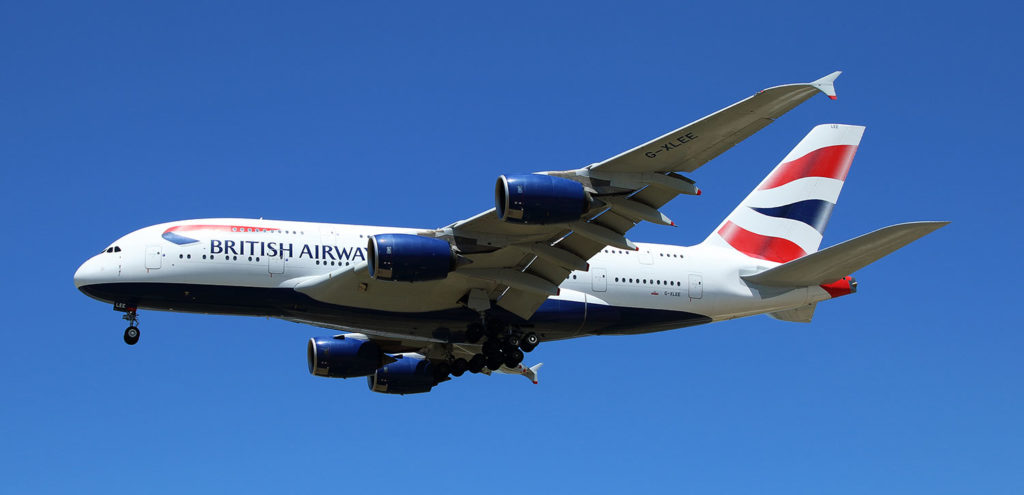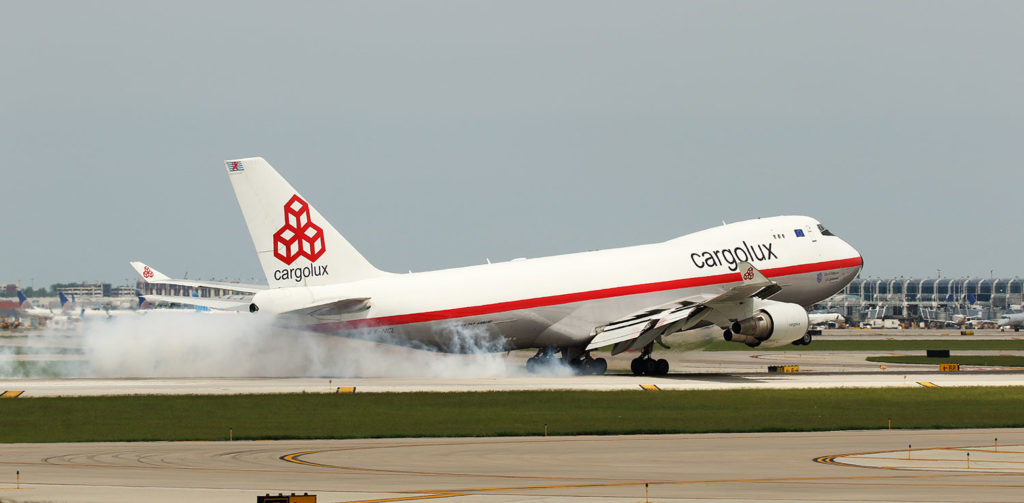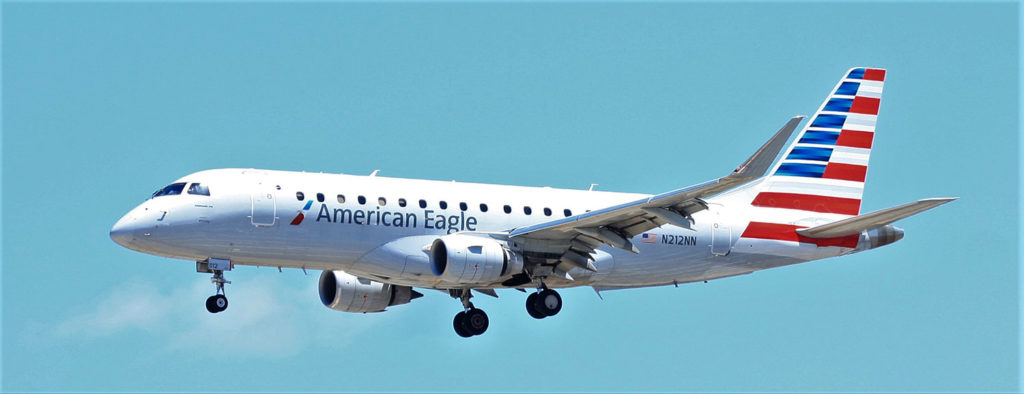It’s a quarter past one on Monday afternoon. In a remote parking lot at O’Hare International Airport are three members of ORD Airport Watch, dressed in orange vests, wielding cameras with telephoto lenses that look like cartoon pirates’ telescopes. They’re awaiting the Big One, the Catch of the Day, the Giant Turd Falling From the Sky: a British Airways Airbus A-380, direct from London’s Heathrow Airport. It’s the world’s largest passenger aircraft, and Chuck Belanger can’t wait until it strafes him.
“Nice and loud and noisy and beautiful,” enthuses Belanger, a big man who loves big planes. “Just reaffirms life is good. People love the arts, dance, music. This is like a giant ballet, choreographed by the people in the tower, and it’s amazing how precisely it works.”
Dan McInerney, the group’s president, is following the Airbus’s progress on an app, Flightradar24. He picks it up over Muskegon, Michigan, half an hour before landing. When the plane finally appears over Chicago, it glitters like a giant knitting needle, an illusion created by heat haze. As it closes in, the wings rock up and down, the fuselage swaying to the bottom of the sky.
“Here he comes, lumbering in,” McInerney says. “He looks like he’s going slow, but he’s going 170 miles an hour. The pilot is steering the plane with a joystick. Autopilot is off.”

The Airbus roars overhead, scraping through the heavy summer air. The white plane’s bulging, double-decker cabin makes it look like a beluga whale. McInerney presses his camera to face, and clicks off half a dozen frames, which he’ll add to the gallery of the thousands of planes he’s photographed over the past ten years.
McInerney and his ORD Airport Watch colleagues are plane spotters, practitioners of a hobby/obsession that involves tracking, photographing and cataloging the jets that converge on O’Hare from all over the world. The 100-member group is licensed by the village of Bensenville as a community resource group — “an extra set of eyes” at the airport, says McInerney — providing vests and badges that discourage O’Hare security from hassling them.
Plane spotters are the aviation version of rail fans, who foam at the mouth over trains, and boat nerds, who love to watch Great Lakes freighters pass through locks and rivers. With 2,500 takeoffs and landings a day, O’Hare is one of the best places in the world to spot planes. Although O’Hare has no designated viewing area, like some airports, plane spotters have identified several prime vantage points just outside the razor-wire topped cyclone fences, including “the Hill,” where photographers can stand atop a pile of crushed rock to get a good shot.
O’Hare is such a primo viewing site that plane spotters fly in from all over the world with their cameras. Kiyoshi Sato of Tokyo was plane spotting with his friend Ron “The King” Kluk, who puts up Sato at his Northwest Side home whenever he visits Chicago. Sato had just spent three weeks plane spotting in Anchorage, Alaska. As a refueling site for Asian planes on trans-Pacific journeys, Anchorage is known as a truck stop for jets. In 57 years of spotting, Sato claims to have cataloged 10,000 planes. His most recent achievement: photographing all 80 United 787s, a feat that took 10 years. He completed it last month, in Tokyo.

“It’s similar to collecting stamps, or baseball cards,” he explained. Then he displayed a checklist on his phone. Planes he’d seen were shaded blue.
“This is my target,” he declared; “I must see them all.”
(The COVID-19 pandemic reduced passenger air travel dramatically, but made plane spotting more fun than ever at O’Hare, because planes were arriving from such exotic places as Pakistan, Qatar, and South America to either pick up or drop off medical supplies.)
McInerney works as a battalion chief for the Oak Park Fire Department, which leaves him plenty of days off, and daylight hours, for plane spotting. He became fascinated with planes as a child growing up “underneath the landing pattern for the Glenview Naval Air Station, twenty minutes from O’Hare. I’ve always had planes overhead.” He took up the hobby in earnest ten years ago, and now lives to see 747s with four engines, which are becoming rare, because two-engine planes are more efficient: “they’re big, and one day they’re gonna be gone.”
(Belanger’s favorite plane is the 727: “I haven’t seen one here in four years. The Jonas Brothers flew on one here. Growing up, it was a very common airliner. It’s really loud, and it kind of looks like a spaceship.”)
Neither of those planes are coming in today, but there is a Lufthansa 747-8I on the way. On FlightRadar24, McInerney locates it above New Berlin, Wisconsin: “he’s gonna be here in 10 minutes.” He jumps into his Ford Taurus and speeds toward the runway, followed by Belanger in a Chevy Silverado.

“It’s sort of like the thrill of the chase,” McInerney says. “When you get half a dozen of us in cars, it’s a neat activity.”
As the plane hovers in on the runway, McInerney and Belanger count down its altitude: “100 feet, 90, 80…20, 10, touchdown!”
“Look at how beautiful and majestic that 747 is,” Belanger marvels, fitting his camera lens through a hole in the fence to photograph it. The chase is always thrilling, but for a plane spotter, nothing is more thrilling than getting closer to one of the world’s largest aircraft than most earthbound humans ever will.



